robots
Latest

UPS is developing quieter and more versatile delivery drones
USP has announced a new partnership with Wingcopter, a German aircraft manufacturer, to develop new types of delivery drones. The two companies will work together to certify Wingcopter's existing aircraft for use in commercial delivery flights in the US. They say certification is the first step toward developing drones that can complete a variety of delivery jobs.

The tech-laden Tokyo Olympics have been postponed
The International Olympic Committee (IOC) has finally accepted that the summer games in Tokyo can't go ahead. Shinzo Abe, Japan's prime minister, asked Thomas Bach, the president of the IOC, for a delay on the phone earlier today. The coronavirus pandemic meant it was simply impossible to ensure the safety of athletes, organizers and attendees during the event. "I proposed to postpone for about a year and president Bach responded with 100 percent agreement," Abe told reporters after the call. The games are now expected to take place in summer 2021, around the same time as the rescheduled Euro 2020 soccer tournament. Curiously, they will still be called the Olympic and Paralympic Games Tokyo 2020. "In the present circumstances and based on the information provided by the WHO today, the IOC President and the Prime Minister of Japan have concluded that the Games of the XXXII Olympiad in Tokyo must be rescheduled to a date beyond 2020 but not later than summer 2021, to safeguard the health of the athletes, everybody involved in the Olympic Games and the international community," the IOC said in a statement.

Intel’s neuromorphic chip learns to ‘smell’ 10 hazardous chemicals
Of all the senses, scent is a particularly difficult one to teach AI, but that doesn't stop researchers from trying. Most recently, researchers from Intel and Cornell University trained a neuromorphic chip to learn and recognize the scents of 10 hazardous chemicals. In the future, the tech might enable "electronic noses" and robots to detect weapons, explosives, narcotics and even diseases.
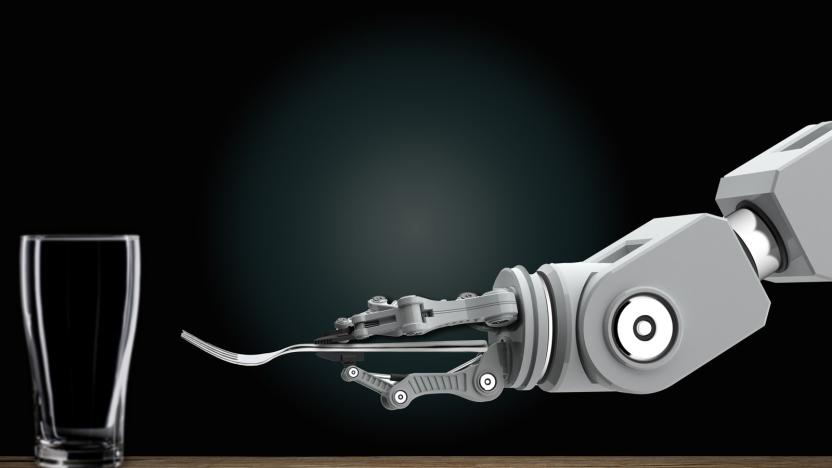
Robot learns to set the dinner table by watching humans
To date, teaching a robot to perform a task has usually involved either direct coding, trial-and-error tests or handholding the machine. Soon, though, you might just have to perform that task like you would any other day. MIT scientists have developed a system, Planning with Uncertain Specifications (PUnS), that helps bots learn complicated tasks when they'd otherwise stumble, such as setting the dinner table. Instead of the usual method where the robot receives rewards for performing the right actions, PUnS has the bot hold "beliefs" over a variety of specifications and use a language (linear temporal logic) that lets it reason about what it has to do right now and in the future.
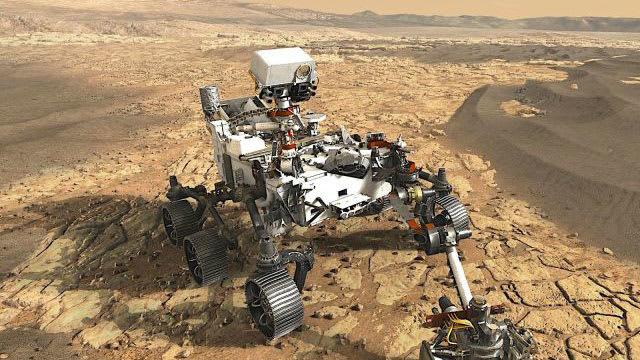
The company behind the robotic arms that help us explore Mars
Despite best efforts, we're still decades if not generations away from regularly living and working off-planet -- whether that's in LEO habitation rings, moon bases, or on the Martian surface. Until humans can colonize space ourselves, we must rely on robotic orbitals, landers and rovers to physically interact with the galaxy around us. As Lucy Condakchian, General Manager of Robotics at Maxar, noted to an assembled audience at TechCrunch Sessions on Tuesday, actually touching the stars is still no easy feat.
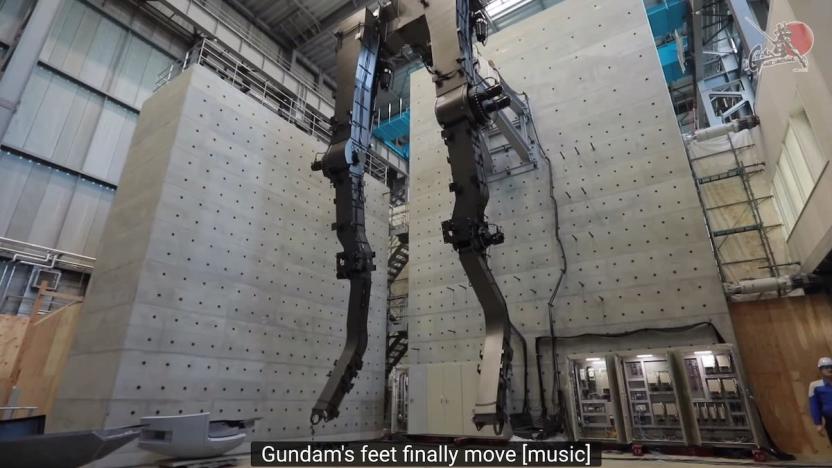
Japan's life-size 18m Gundam statue can move (a little)
Besides Fila apparel capsules, the 40th anniversary of Gundam is also being celebrated with a life-size, moving statue. While it won't go on display for the public until later this year in Yokohama, Kanagawa Prefecture, a recent media tour visited the Gundam Factory and saw the latest version of the project. There they saw the internal frame of the Gundam under construction and it... moved as if it could make a step. It's pretty far from the real-live mecha action we'd like to see, but still impressive, and only possible by using materials to shave tons from its weight, and replacing hydraulic actuators with electrical ones. It's far more action than the 30th anniversary statue saw before its parts were scattered across an artificial island, or even the impressive 2017 model.
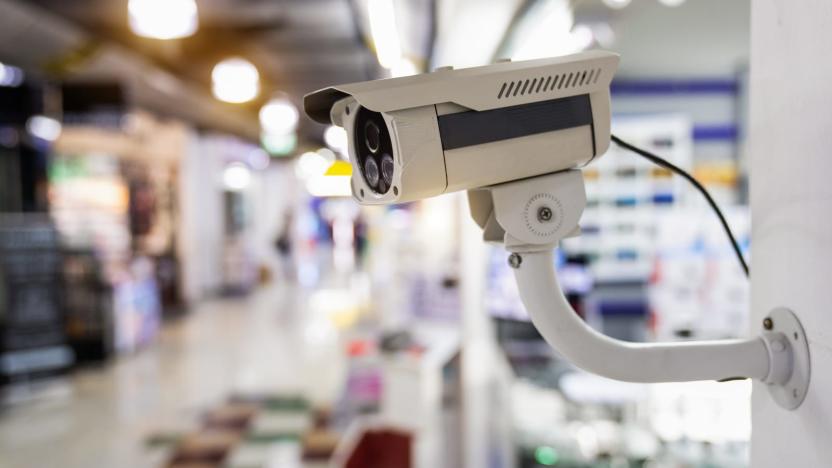
Banjo AI surveillance is already monitoring traffic cams across Utah
A small company called Banjo is bringing pervasive AI surveillance to law enforcement throughout Utah, Motherboard reports. In July, Banjo signed a five-year, $20.7 million contract with Utah. The agreement gives the company real-time access to state traffic cameras, CCTV and public safety cameras, 911 emergency systems, location data for state-owned vehicles and more. In exchange, Banjo promises to alert law enforcement to "anomalies," aka crimes, but the arrangement raises all kinds of red flags.
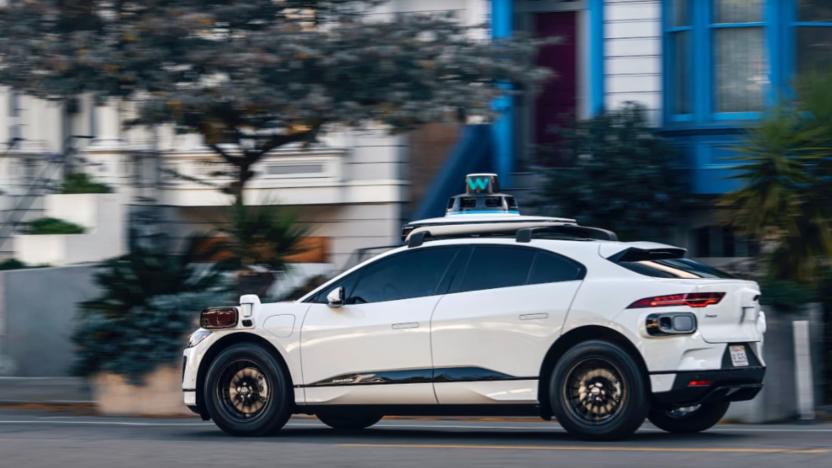
Waymo’s fifth-generation Driver can peek around blind spots
Today, Waymo unveiled its fifth-generation Waymo Driver, the combination of hardware and software that guides its autonomous vehicles. According to the company, the new tech can spot a car door opening a city block away, give trucks the ability to see debris hundreds of meters ahead on the highway, help vehicles "peek" around blind spots and more.
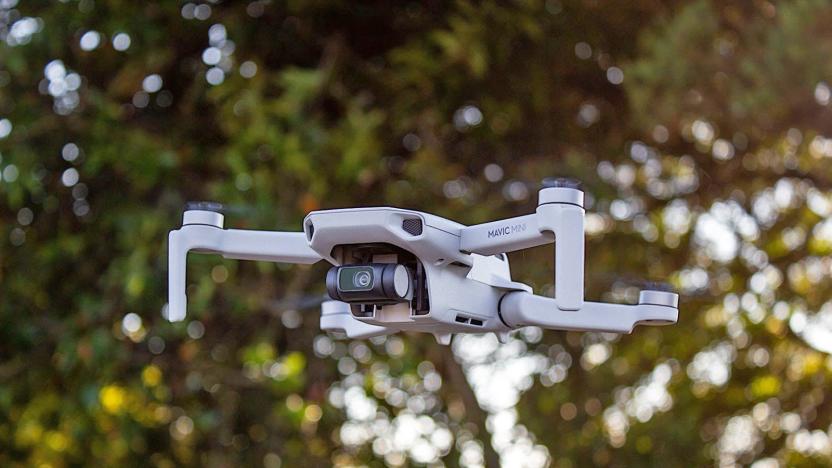
Drones can navigate like bats using four mics and a speaker
Bats can find their way in the dark using echolocation, so why can't drones? Researchers have managed just that. They've developed a system that lets a drone navigate using just four microphones and a speaker. It relies on the familiar concept of measuring distance by generating echoes, but uses an algorithm based on communicative algebra that 'echosorts' to determine which distances represent given objects. It won't produce "ghost walls" that leave the drone afraid to move.

'Connected' is a kids' movie about the dangers of tech obsession
For all the potential that AI and robotics hold, there's still plenty of fear around the negative impacts they could have on society, as well as concerns that we already spend too much time staring at screens. Sony Pictures plans to capitalize on that sentiment with a new animated film Connected. It's another family-saves-the-world plot, but its message probes our reliance on technology, and it has some impressive talent behind it.
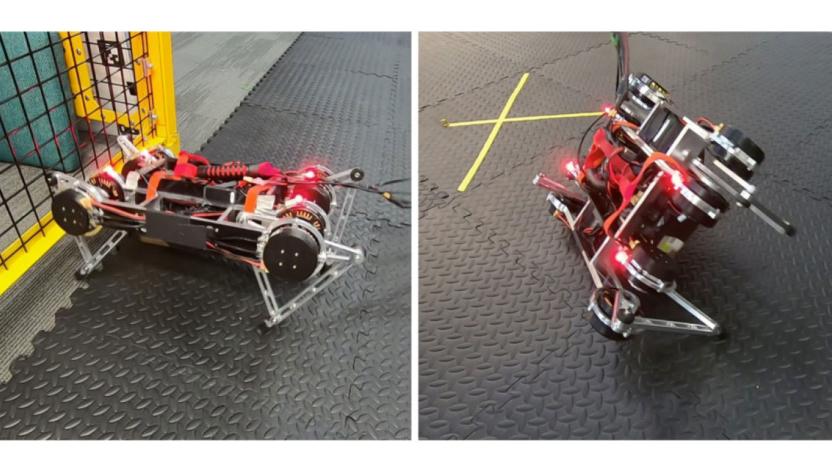
Google algorithm lets robots teach themselves to walk
There's no question that robots will play an increasingly central role in our lives in the future, but to get to a stage where they can be genuinely useful there are still a number of challenges to be overcome -- including navigation without human intervention. Yes, we're at a stage where algorithms will allow a robot to learn how to move around, but the process is convoluted and requires a lot of human input, either in picking up the robot when it falls over, or moving it back into its training space if it wanders off. But new research from Google could make this learning process a lot more straightforward.

NASA wants students' help designing tech for the Moon and Mars
NASA is enlisting whatever help it can get to make sure its crewed Moon and Mars missions go smoothly, and that might include help from schools. The agency is running a new round of its Moon to Mars Exploration Systems and Habitation Academic Innovation Challenge (M2M X-Hab if you want a much shorter name) that encourages university students to study and develop spacefaring tech. The challenge will reward work on habitation, vehicles, robotic advance missions, "foundational systems" (think autonomous mission tech and remote manufacturing) and human spaceflight architecture focused on the lunar Gateway.

IBM and Microsoft support the Vatican’s guidelines for ethical AI
IBM and Microsoft have signed the Vatican's "Rome Call for AI Ethics," a pledge to develop artificial intelligence in a way that protects all people and the planet, Financial Times reports. Microsoft President Brad Smith and John Kelly, IBM's executive vice-president, are among the first global tech leaders to sign the document.

MIT helps self-driving cars ‘see’ through snow and fog
Self-driving technology has come a long way, but it can still be tripped up by bad weather. A team from MIT's Computer Science and Artificial Intelligence Lab (CSAIL) may have a solution. They've developed a way to help autonomous vehicles "see" by mapping what's beneath the road using Ground Penetrating Radar (GPR).

Spin Master's new NinjaBots are cute little killers (updated)
Do you remember the old Teenage Mutant Ninja Turtles cartoon from the '80s? Shredder's minions were all featureless humanoid robots, which our heroes could could slice and dice without guilt. At this year's Toy Fair, Spin Master's new product answers the question: What if the ninjas were the robots?

The Morning After: Hasbro's $60 'Baby Yoda' toy is coming this fall
Hey, good morning! You look fabulous. So what's the good news? Hasbro finally showed off the $60 animatronic Baby Yoda most of us have been waiting for, our video review of the Galaxy Z Flip is ready for you to watch (spoiler: the best foldable phone is still a long way from being the best phone) and it's Friday. -- Richard
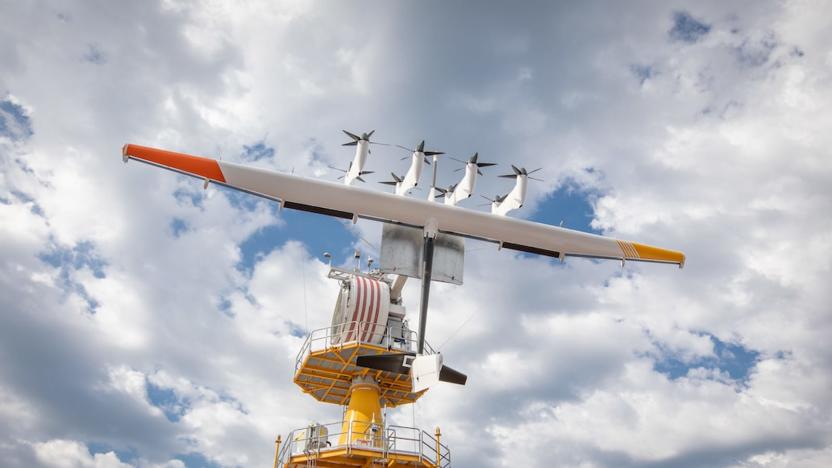
Alphabet quits work on its energy-generating kites
Alphabet's years-long involvement with energy-making kites is no more. The Google parent is ending its work on Makani's wind power technology, with X's Moonshot lead Astro Teller warning that the path to a viable business was "much longer and riskier" than expected. Alphabet liked Makani's environmental focus, but felt that it was important to pour effort into those areas where it believed it could "have the greatest impact."

The Morning After: The rotary cellphone DIY kit you've been waiting for
Hey, good morning! You look fabulous. Sick of foldable phones? OK, if closing with a flip isn't your throwback design of choice, then maybe you'd prefer a rotary dial. Seriously. Brookhaven National Lab engineer Justine Haupt built a working mobile device that can show simple messages on its 2.1-inch ePaper display, has 24 hours of battery life, easily dials pre-programmed numbers and is entirely unable to tweet. It might be the perfect phone -- for some people. If "no apps, no problem" is a fit with your style, then Haupt is offering a DIY kit that will get you most of the way toward building one of your own. -- Richard

Adam Savage turned Spot the robodog into a creepy rickshaw driver
Boston Dynamics has long touted robotic dog Spot's ability to help out in disaster situations and to take on jobs too hazardous for humans, but what practical applications does it have for the average Joe? Beyond scuttling around your house like a Lovecraftian nightmare, that is. Well, as ex-Mythbusters host Adam Savage has recently unveiled, it's pretty good at pulling a rickshaw.
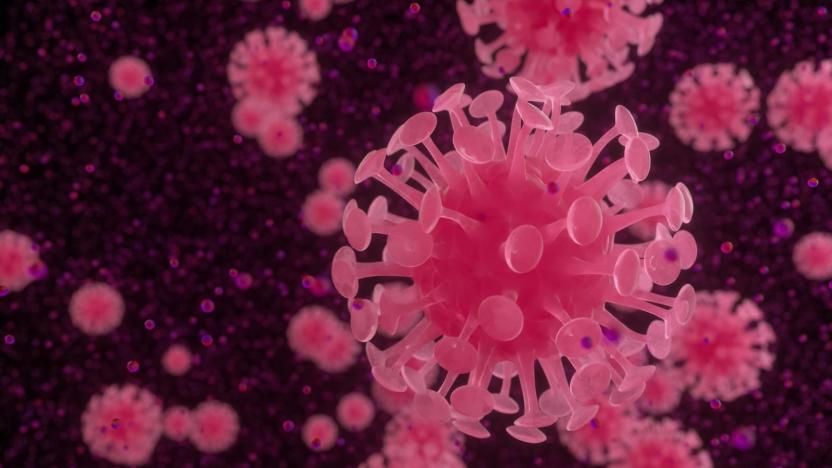
How AI is stopping the next great flu before it starts
Immune systems across the globe have been working overtime this winter as a devastating flu season has taken hold. More than 180,000 Americans have been hospitalized and 10,000 more have died in recent months, according to the CDC, while the coronavirus (now officially designated COVID-19) has spread across the globe at an alarming rate. Fears of a growing worldwide flu outbreak have even prompted the precautionary cancelling of MWC 2020 -- barely a week before it was slated to open in Barcelona. But in the near future, AI-augmented drug development could help produce vaccines and treatments fast enough to halt the spread of deadly viruses before they mutate into global pandemics.







